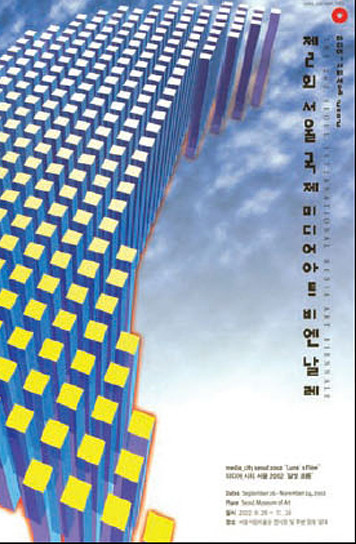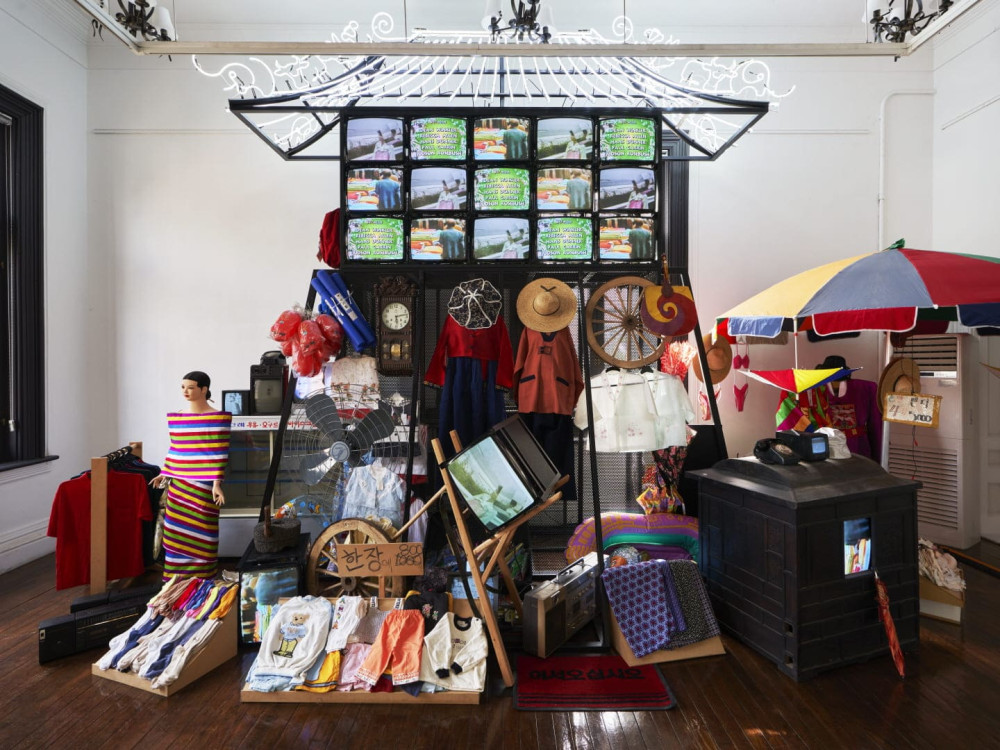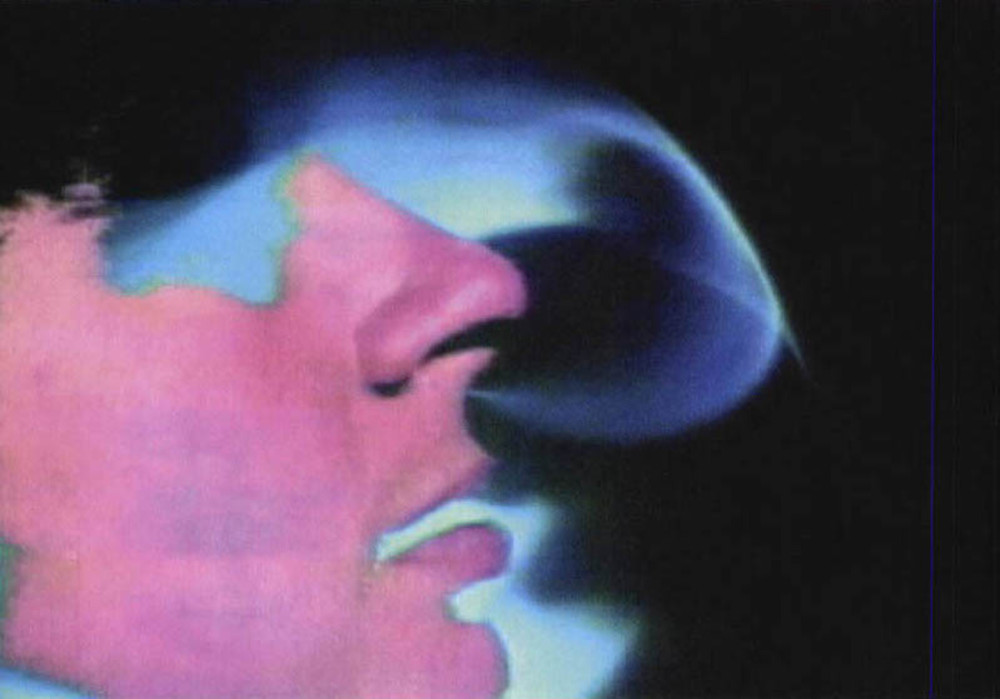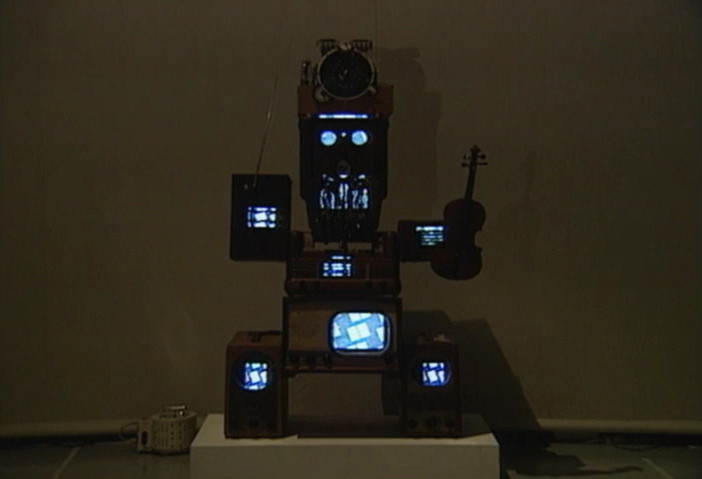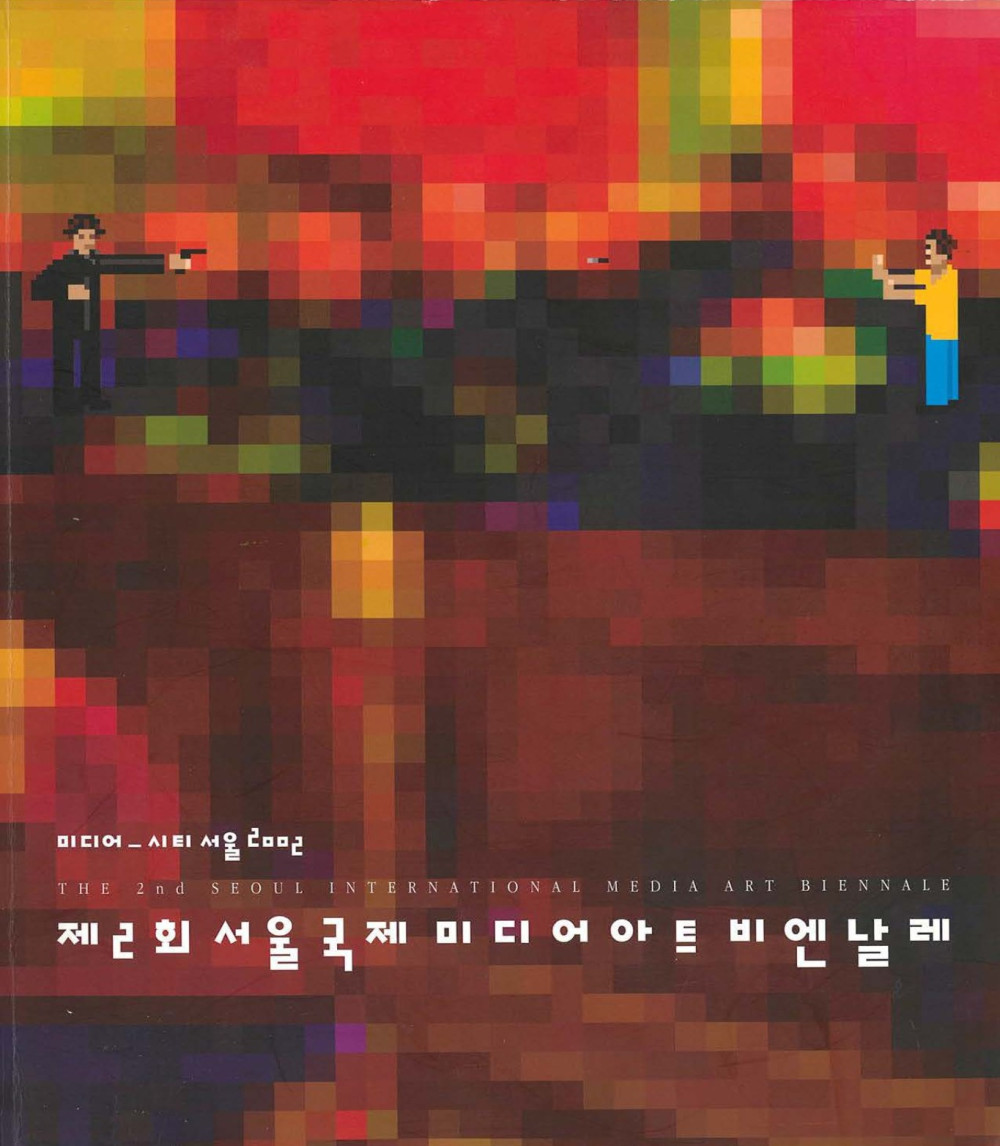Paik Nam-June created a special work to celebrate Media_City Seoul 2002 by revising his existing permanent installation Seoul Rhapsody (2002), located in the lobby of the Seoul Museum of Art, to fit the concept of this year’s biennale, Luna’s Flow. Paik Nam-June, a pioneering artist, introduced TV monitors as a medium replacing the traditional painting canvas. He installed Megatron, a relief-like video sculpture, in various art institutions worldwide, where it functions as a large canvas displaying his visual creations. The content of his works exists as various forms of data stored on multiple media, regularly updated by the artist himself. For Paik, the fluorescent light emitted from TV monitors acts as electronic pigment, and he views TV screens positively—as an open medium with limitless artistic possibilities.
Paik believed the moon has long been humanity’s oldest focal point, a notion best encapsulated by his statement, “the moon is the oldest TV.” In 1965, he realized this idea in the work The Moon Is the Oldest TV (currently housed in the National Museum of Contemporary Art, Korea), in which he manipulated TV circuits to display the 12 phases of the moon—from a thin crescent to the full moon—across 12 different TV monitors. Through this, Paik expressed the Eastern philosophical concept that “an instant and infinity are the same.”
As demonstrated in Lunar Calendar New Year, Paik continuously adds new images to his existing installations. This work features Korean drum dancers, scenes from the artist’s daily life, birds flying against the backdrop of his earlier works, new images of nude women, and film clips he presented for Media City Seoul 2002. The ongoing addition of new images to existing installations is a hallmark of Paik’s art, and it is expected to continue evolving alongside technological advancements.
